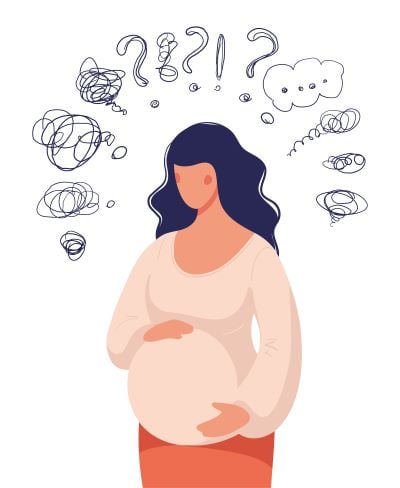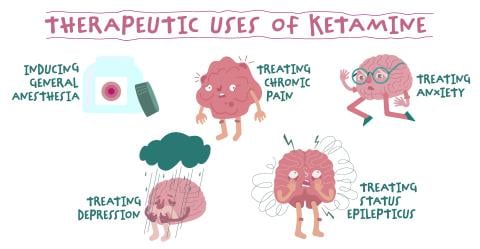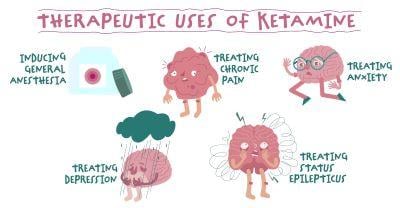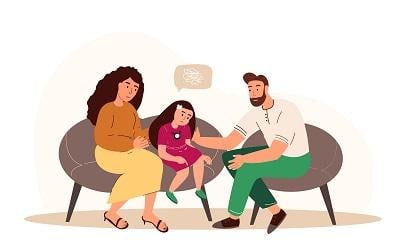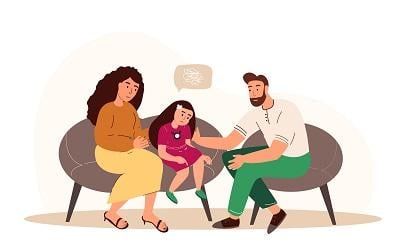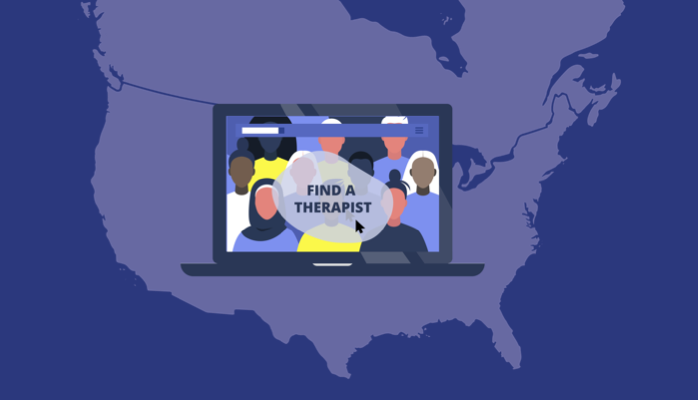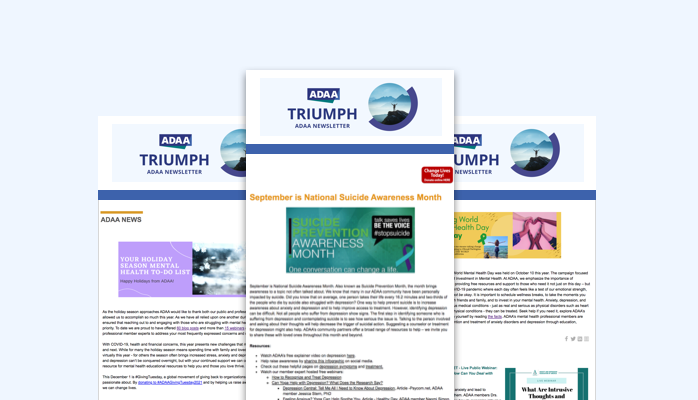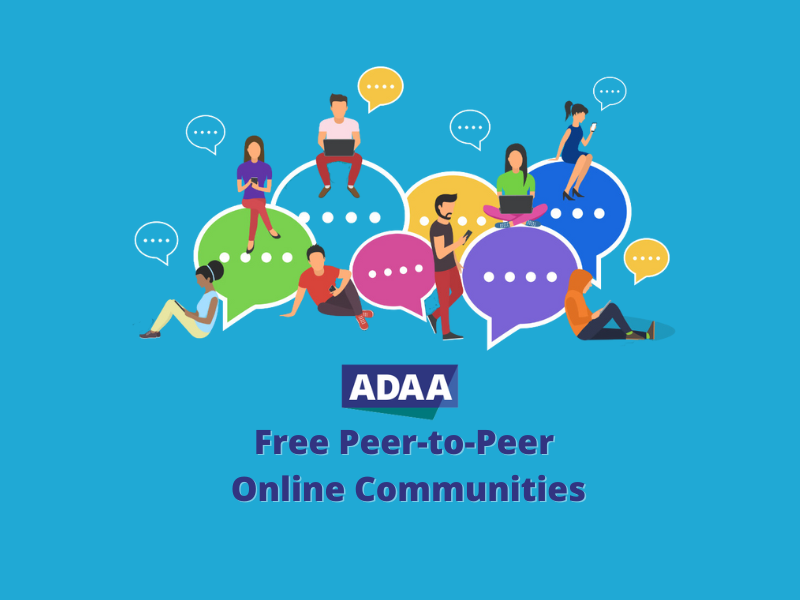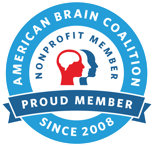Following childbirth, about 10 to15 percent of all women experience postpartum depression, or PPD, which is depression associated with the aftermath of pregnancy. About 30 to 70 percent experience symptoms for one year or even longer. Most women with postpartum depression are diagnosed with minor depression, but 4 to 5 percent meet the criteria for major depression. Read more about depression.
Symptoms and Diagnosis
In women with postpartum depression, symptoms usually begin within the first four weeks of giving birth, although some women report decreasing mood in the late third trimester of pregnancy.
In contrast to the postpartum “baby blues,” which affects 50 to 85 percent of women for a brief duration (usually 1 or 2 weeks after delivery), postpartum depression is associated with more severe and persistent symptoms that are present most of the day nearly every day for at least two weeks. At least five of the following symptoms are commonly present:
- Sad mood
- Loss of interest or pleasure in things that you normally enjoy
- Fatigue or loss of energy
- Appetite increase or decrease
- Sleeping too much or insomnia
- Feeling restless or as though you are slowed down
- Feelings of worthlessness or excessive guilt
- Difficulty concentrating or indecisiveness
- Thoughts of death or suicide or a suicide plan
- Anxiety and ruminating thoughts, which may occur with other mood symptoms
Effects
Postpartum depression is associated with reduced mother-infant bonding, as well as increased marital stress and divorce. It may also be associated with poorer cognitive and social-emotional development later in a child's life.
Causes and Risk Factors
A rapid decrease in some hormones after delivery is thought to be one contributing factor to the development of postpartum depression. But other risk factors include stressors, previous depressive episodes, depression during pregnancy, complications during pregnancy and/or delivery, and a family history of mood disorders.
Recent studies have shown that among women who are diagnosed, about one-third had depression prior to their pregnancy, one-third have depression that began during pregnancy, and one-third experienced the onset of depression after delivery.
Treatment
Antidepressant medications, cognitive-behavioral therapy (CBT), and interpersonal therapy have been shown to be effective. Other treatments may be effective, too, such as psychodynamic therapy, light therapy, exercise, and yoga, but current research evidence is more preliminary.
Antidepressant Medications
The class of medications prescribed for postpartum depression is known as selective serotonin-reuptake inhibitors (SSRIs), which includes fluoxetine and sertraline. Also effective is venlafaxine, a serotonin-norepinephrine reuptake inhibitor (SNRI).
Several studies have suggested that sertraline has little risk to breastfeeding infants; however, there are no long-term studies of health or behavior of infants exposed to SSRIs through breast milk. In contrast, evidence shows that some tricyclic antidepressants do not have adverse effects on breastfeeding infants, including long-term studies that suggest that no developmental problems are found. However, researchers conduct new studies all the time, so it’s important to discuss the most up-to-date research with your psychiatrist before taking any medications while breastfeeding. Note that the American Academy of Pediatrics classified most antidepressants as “drugs whose effect on nursing infants is unknown but may be of concern.”
Cognitive-Behavioral Therapy
Focusing on addressing negative thoughts,cognitive-behavioral therapy, or CBT, improves problem-solving skills, teaching relaxation, social skills, and scheduling pleasant activities. This therapy usually takes place over six to ten sessions, either individually or in a group. Research shows that CBT for postpartum depression is significantly effective.
Interpersonal Therapy
Interpersonal therapy, or IPT, focuses on improving one’s relationships (such as with a spouse) and role transitions that are part of becoming a parent. It is usually involves about 12 sessions, and it is effective in reducing PPD symptoms, as well as preventing it when administered during pregnancy.
More Resources
- Perinatal Mood and Anxiety Disorders
- Depression During Pregnancy & Postpartum
- Postpartum Depression Facts
- Postpartum Progress
- Postpartum Post-Traumatic Stress Disorder
This web page provides information about postpartum depression and its treatment, not individual recommendations. Talk with your doctor if you think that you may be experiencing symptoms of postpartum depression or if you have questions about the best treatment option for you.
